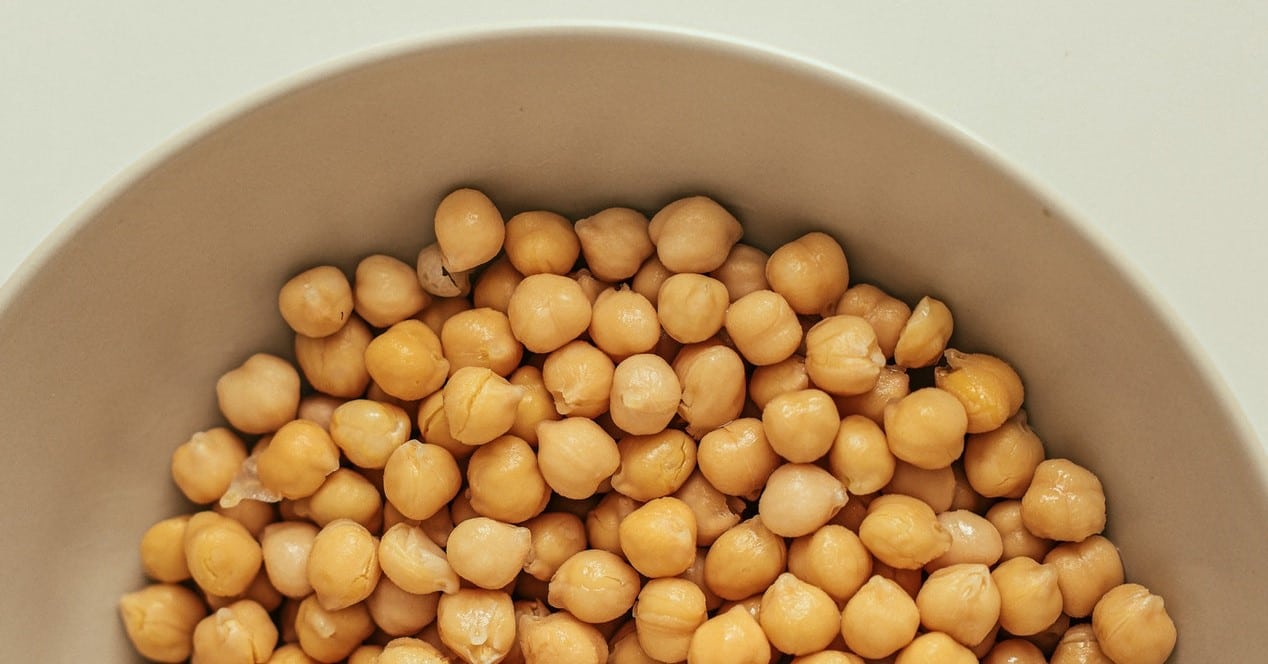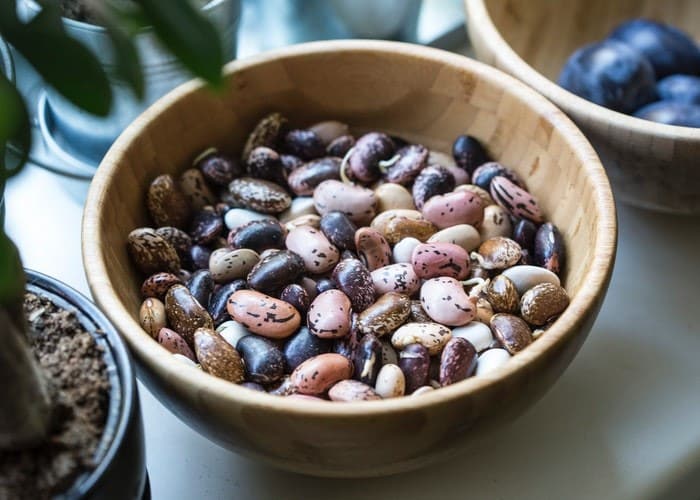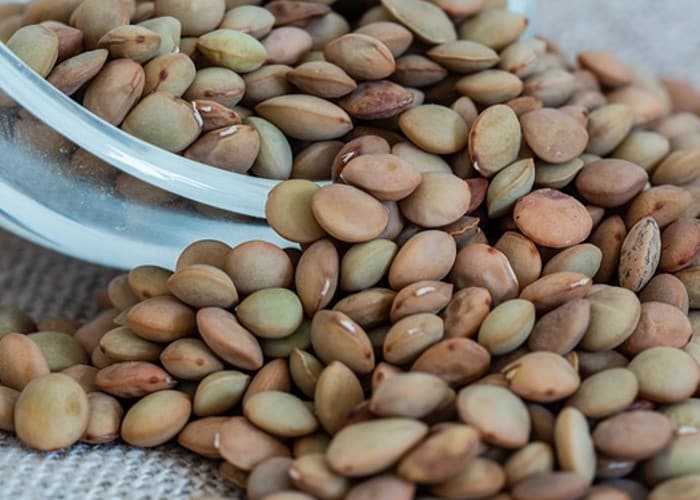
In today's society, protein consumption is being given a lot of importance, especially by those who train hard in the gym and also by those who have changed their diet and are now vegan or vegetarian. Proteins are an essential amino acid for the body, which is why their consumption is so important, so today it is the turn of legumes with more protein.
Within all the food groups, legumes are sometimes largely forgotten, especially due to the number of myths that surround them. In fact, it is believed that a plant diet is not rich in protein. We want to disprove this with tests and for this, we are going to crumble the legumes with the most protein so that we begin to consider them in our day to day.
The diet that we have in our day to day must be as healthy as possible, and that happens by creating our own food pyramid and putting at the base all the vegetables, fruits, vegetables, nuts, cereals and legumes that we know and little by little little to climb upwards and it is that the least we have to eat are meat and fish. What we have to get away from immediately are sugary and ultra-processed products, 100% non-integral breads, industrial pastries, refined oils, etc.
What do proteins serve for?
Let's clarify this issue, and it is that proteins are not only used to feed our muscles and help us highlight the results of training.
Proteins perform various functions in our body. On the one hand, thanks to them, our body builds new muscle fibers, regenerates and maintains muscles, bones and tissues throughout the body.
They also serve for transport hemoglobin which in turn carries oxygen throughout the body, also collaborates with immunoglobulins that help protect the body from external agents; it also transports cholesterol, among other special functions.
It has always been believed that proteins of animal origin have greater value due to their biological origin, but this is not entirely true. Some foods of plant origin also have essential amino acids, that is, those that our body cannot manufacture or synthesize and obtain through a healthy and varied diet. Non-essentials are those that, through chemical reactions in the body, our body is capable of manufacturing.

Composition of legumes
Legumes, like any other food, are not just one thing, but have different parts and all of them are important for the health of our body.
Legumes are of great value in our diet, whether we are omnivorous or not. In this food group we can find a good dose of hitación, except for dry legumes. Carbohydrates seem like our enemy, but they are very key in our diet to get energy. Legumes, on average, provide 50% carbohydrates.
On the other hand, fiber is of vital importance in our day to day. An average adult needs about 7 grams of fiber a day, and thanks to this food group we facilitate intestinal transit, reduce blood sugar, cleanse the body of toxins, and all thanks to the fiber.
Fats, and legumes have polyunsaturated and monounsaturated fatty acids. Regarding vitamins and minerals, as a general rule, legumes have calcium, iron, potassium, phosphorus, zinc and magnesium. Apart from vitamin A, group B, C, E, among others.
Now we enter the protein section and it is that legumes are a food group capable of contributing up to 36% of the proteins our body needs in a dayHence, it is so important to introduce them into our daily diet.
Legumes with more protein
Let's go straight to the thick of the subject and we are going to find out which are the legumes with the most protein today. We surely know some of them and eat them very often, especially when we are in winter when there are many spoon dishes, but others are not so common, so it is worth giving them a chance.
Soy and derivatives
Dried soybeans and good quality soybean derivatives are very rich in protein. The dry soybean has 36 grams of protein per 100 grams of product. By derivatives we mean soy milk (no additives, just soy and water), good quality soy yogurt, flour, textured soy, etc.
It is one of the best options for vegetable diets, or if we want to increase the amount of protein and not abuse meat and artificial food supplements so much that we advise against on our website.
Lupins
Lupins are very typical in the Mediterranean. In Spain, the most consumed is the white lupine that is harvested in Extremadura and in the Castillas. Lupine is also known as lupine, chocho, chorcho, intermozo, white/yellow lupine, white/yellow lupine, white/yellow lupine, or almorta.
This legume gives us 36 grams of protein of plant origin for every 100 grams of product. Therefore, it is a very good option. Also, the good thing about this legume is that it can be eaten at any time.

broad beans and lentils
These two legumes do not offer very good amounts of plant-based protein. On the one hand, we have broad beans with 26 grams of protein per 100 grams of broad beans and, on the other hand, we have lentils with almost 24 grams of protein per 100 grams of food.
Both with the beans and lentils and with the rest of the legumes, we recommend mixing them with cereals, in this way we get a more nutritionally complete dish and a greater amount of protein for our body.
Red and white beans
Red, white and black beans are an excellent option that in turn can be mixed with other legumes such as broad beans or chickpeas. Beans, in general, have about 23 grams of protein of plant origin per 100 grams of product, which is a perfect option, as well as being very versatile.
Let's not forget black beans, which are less popular in Spain, but equally nutritious and have the same protein content. All the beans can be used in soups, creams, salads, bowls, to make hamburgers, etc.
Chickpeas
Chickpeas have 22 grams of protein per 100 grams of food. That is why it is such a good option as a complement to a multitude of dishes, from soups to salads, scrambled eggs, spreads, creams, fillings, etc.
A versatile legume that can be very easily combined with vegetables, other legumes, with meat, fish, or eaten alone. In addition, the good thing about chickpeas is that they have complete proteins, that is, they include essential amino acids, so we make it easier for our body.